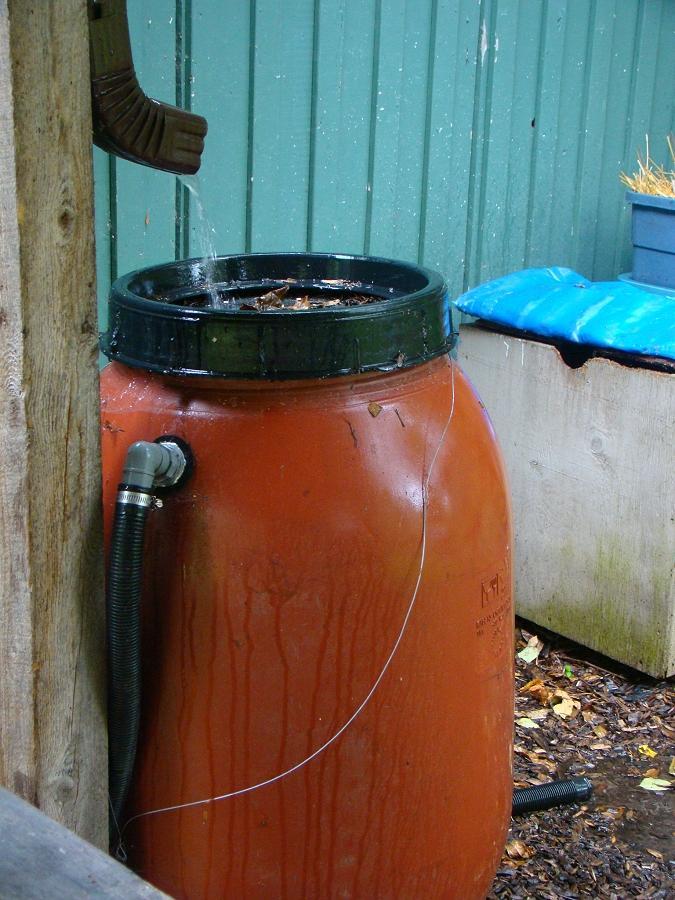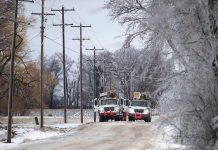
There’s been a lot of talk among Peterborough residents about water meters. From the first announcement they were coming, to the final installation, people were (and still are) concerned about how much they would be paying for water.
Now that water meters are officially tracking how much water we use, many of us are looking for ways to reduce water consumption to keep the utility bill in check.
Among municipalities of a similar size, Peterborough is one of the last in Ontario to start metering water. Cities and towns across Canada deal with water problems, or a lack of water, and we don’t stop to think about how lucky we are to have reliable water service. Metering is another way that we can track how much water we use and reduce that amount.
Indoors there are many ways to conserve water. Running the dishwasher only when it’s full, doing full loads of laundry, and taking shorter showers are all easy ways to significantly reduce water consumption around the home.
Leaks are also a major cause of water consumption. A leaking toilet can use a significant amount of water over the course of a day, and you may not even know it’s leaking.
One of the easiest ways to check for a leaking toilet is to add some food coloring to the toilet tank and wait about 20 minutes. If coloring appears in the bowl, you have a leak that should be repaired right away.
There are other ways you can determine a toilet leak, including:
- Jiggling the handle to make the toilet stop running.
- Sudden sounds coming from the toilet when it is not being used.
- Water running over the top of the over flow; this is a definite leak of the refill valve.
- Water dripping out of the refill tube into the overflow pipes.
- The “Phantom Flusher” appears. This is when the toilet turns on for 15 to 20 seconds and the handle has not been touched.
Here are just a few examples for both saving water indoors and outdoors, offered by Peterborough Utilities:
- Don’t use the toilet as a wastebasket or flush it unnecessarily.
- Take short showers — five minutes or less should do. If you prefer baths, fill the tub only one-quarter full.
- Keep a bottle of drinking water in the refrigerator, rather than letting your tap run to get cold water when you want a drink. Rinse the bottle every few days.
- More than 50% of the water applied to lawns and gardens is lost due to evaporation, or run-off because of overwatering. Find out how much water your lawn really needs. As a general rule, most lawns and gardens require little more than 2 to 3 centimeters (1 inch) of water per week.
- To reduce losses due to evaporation, water early in the morning (after the dew has dried).
- Watering during allowable hours under water restrictions helps the utility manage its load on the system and helps ensure adequate reservoir levels and water pressure for possible fire emergencies.
- When washing a car, fill a bucket with water and use a sponge. This can save about 300 litres of water.
Another great tip is for those who wash their vehicle in their driveway. In most cases, all that water heads straight for the nearest storm drain when it runs off your car. To avoid this problem, try parking your car on the lawn. This method not only prevents the water from running off, but you’re also watering your lawn at same time — an easy tip to begin using water more efficiently.
One of the largest uses of water isn’t within the home at all, but outdoors on lawns and gardens. Throughout the spring and summer we collectively use hundreds of thousands of litres of water ensuring we have the greenest lawn and healthy gardens.
A simple and easy way to reduce your outdoor water usage is to purchase a rain barrel. Rain barrels quickly store large quantities of water that you can have for immediate use on lawns and gardens. Customers of Peterborough Utilities can purchase their rain barrel from the GreenUP Store and receive a discount on the final purchase price.


























